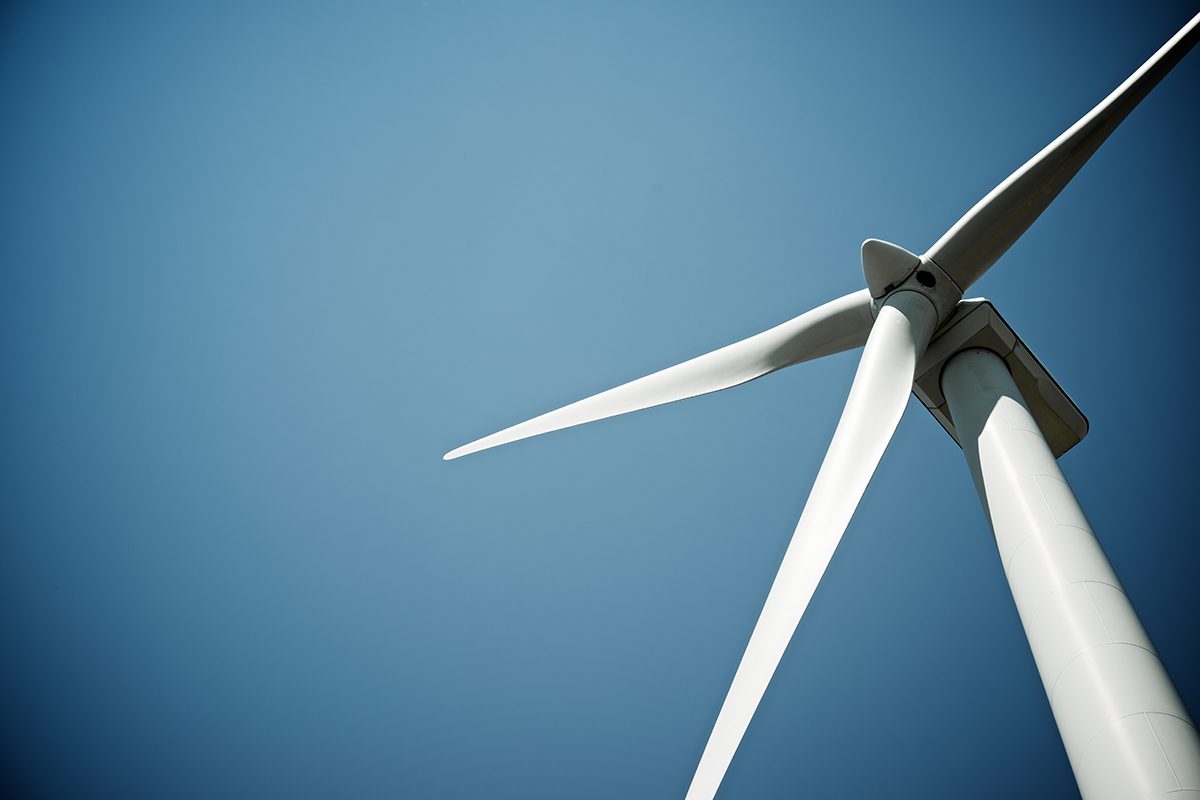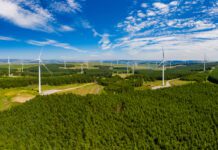
No matter the size of the wind farm, operators can make turbines into smart machines with one small change. Greg Hookings, Director (Digital Industries), Stratus Technologies, believes edge computing can address many of the challenges faced by wind farm operators, as he explains here.
The push to reach Net Zero by 2050 is driving the uptake of clean and renewable energy technologies, with wind power being an area that has grown significantly. In 2022, wind electricity generation increased by a record 14% (265 terawatt hours), second only to solar. Estimates show that annual growth will need to reach 17%, or 7400 TWh of wind electricity generation in 2030, to meet the 2050 target. This may be a tall order, but the UK is making excellent progress as one of the best places in the world for wind turbines. With over 11,000 wind turbines in the UK, roughly split at 80% onshore and 20% offshore, the challenge now is to ensure each turbine is producing power at optimal capacity.
Spinning up
So, what are the challenges of operating a wind farm? For the sake of argument, let us assume all the first challenges have been solved, the location has been secured and all local wildlife regulations have been met. The operator has their turbine (or turbines) up and running and is looking to produce energy in the most efficient way.
First, the energy they produce must compete with other low-cost energy solutions. It remains the case that new fossil-fuel power plants can produce energy at a cheaper rate. Second, the energy produced by windfarms is beholden to weather conditions. Not enough or even too much wind can slow production. Finally, the very nature of windfarms means they are often located in remote locations, far from any level of IT and technical support that might be needed in case of an issue. This again, will limit the amount of energy a windfarm can produce. Combining these three issues together can paint a doom and gloom picture but it isn’t the full story. Next generation technology edge computing offers significant help in meeting all three challenges and has a positive impact on both new turbines being commissioned and existing turbines already in operation. Such help could not come at a better time.
The edge of energy production
Despite being a relatively new technology, wind power generation must modernise to keep pace with digitalisation. Many businesses and even energy companies that could successfully deploy wind power are holding back until it reaches a point at which it is the cheapest option. But this approach fails to recognise the rate of efficiency improvements. In fact, the time for investing in wind power is now, as smart technology deployments such as edge computing are rapidly changing the return on investment.
With edge computing, operators can easily add relatively inexpensive IoT sensors to single or multiple turbine assets retroactively to bring the capability of data collection up to a modern standard. Traditionally, this data would be sent in batches to the data centre or cloud depending on the size of the farm. This data transfer adds latency, meaning operators are already on the back foot if an issue is being reported. Couple this with the fact that windfarms are very remote, and you have operators reacting to maintenance issues late, then waiting even longer for support to arrive, and all the while the turbine is not producing energy. Add edge computing and it means the operator now has real-time access to asset health data and the capacity to address even the smallest component malfunction issues before they impact energy production.
Going remote
By moving the computing power to the turbine itself, operators can meet the needs of remote operations. Onshore – and especially offshore – windfarms are often in weak signal areas, adding even more latency and delay than is already present when accessing cloud-based computing resources. With edge computing, operators can react to the smallest issues before they result in downtime, and in some cases structural collapse, irrespective of their location.
Data produced by the turbine can deliver value in a number of ways. First, the operator can save both time and money on expensive call outs and repairs by reacting to issues in real-time. Mintenance is a significant cost for windfarm operators, the reduction of which adds an immediate boost to the bottom line. Secondly, in the case of windfarm operators that manage multiple turbines, and even multiple sites, the data produced by one turbine can be used to manage others, and to replicate optimal performance across a number of turbines. When adding a new turbine or farm, businesses have the information they need to make informed decisions based on real-world in-situ data. There is a secondary value-add here in that this data can also make its way up the supply chain to the manufacturer of turbines, informing the production of ever more efficient turbines.
Edge computing also saves on costly cloud or data centre resources. Windfarms are notoriously costly to operate, so OPEX reductions are always welcomed.
Combining wind turbines and edge computing offers a simple way to address several of the challenges that come with operating a windfarm. Businesses that are advancing in wind power deserve to be rewarded with efficient production, not constantly battling complex systems and rising costs of operation. Edge computing enables wind turbine operators to maximise both their investment and energy production. If this technology is applied to wind turbines across the country, it will be another meaningful step towards Net Zero by 2050.







